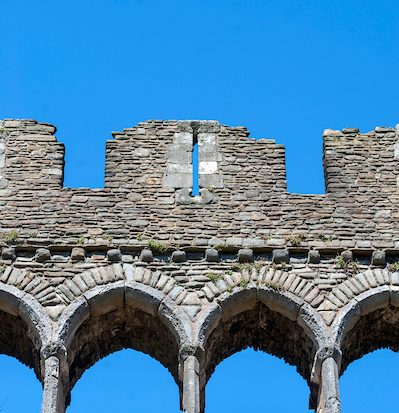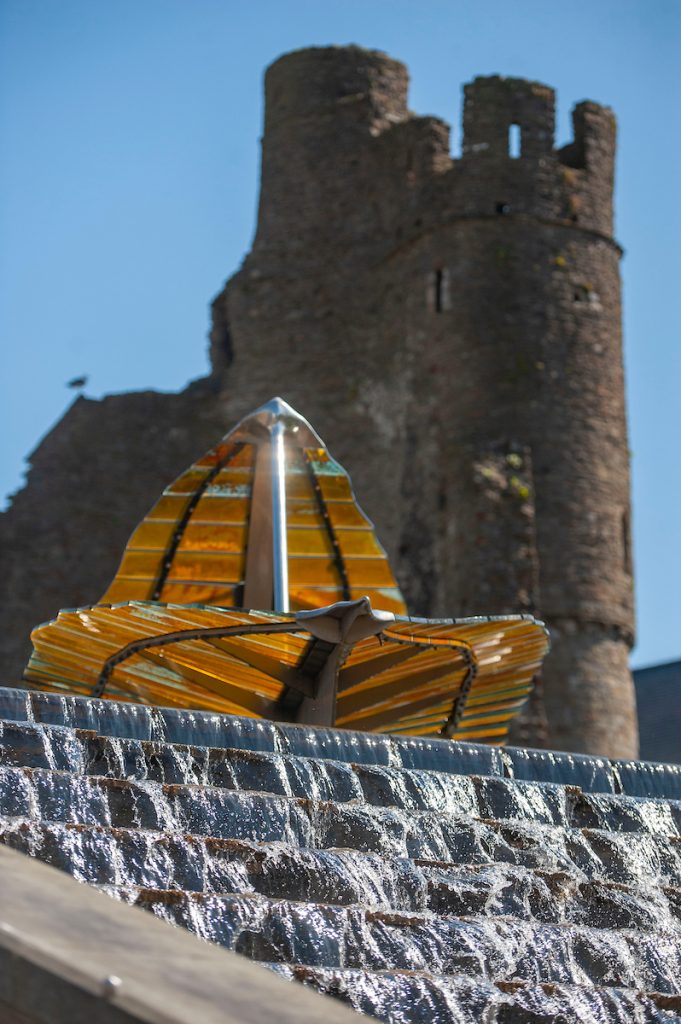
Swansea Castle
Swansea established itself as a market town from around the 12th century onwards, when in 1106 Normans established a borough on a former Viking trading post, selling crafts, wares, produce and trading crops and livestock.
By the 14th century, Swansea was hailed as ‘The Market Town of Gower’ and held twice-weekly markets, on Wednesdays and Saturdays. The byelaws of 1553 decreed that corn and malt were not to be sold anywhere else, allowing the market to prosper.
The market founded itself around the ‘market cross’ which stood on the junction of St Mary’s Street and what was formerly Cross St, Frog St and Goat St, now Princess Way and Caer Street. This expanded as the years went on and by the 17th century the market had spread to Castle Square and the top of Wind Street! It was at this time that proposals were first put forward to build a market hall.

Medieval Swansea’s main trades were leather and wool.
In 1652, the building was completed in Castle Square. It consisted of a simple roof supported by ten pillars providing cover from the elements to stalls. It was rumoured that the lead for the roof was the same as that of the esteemed St David’s Cathedral, gifted to the town by Lord Protector, Oliver Cromwell. It’s not known whether Cromwell actually played a role in the construction of the market house, though he did make reference to it in a 1655 charter. It later came to light that one of his renowned local henchmen, Philip Jones, was indicted for the theft of lead from the roof of the cathedral!
